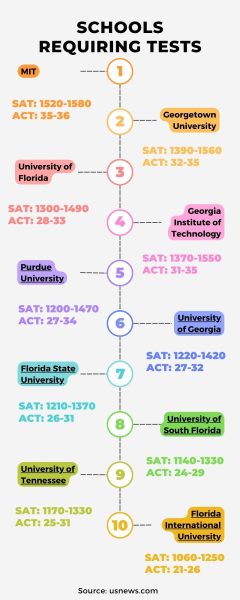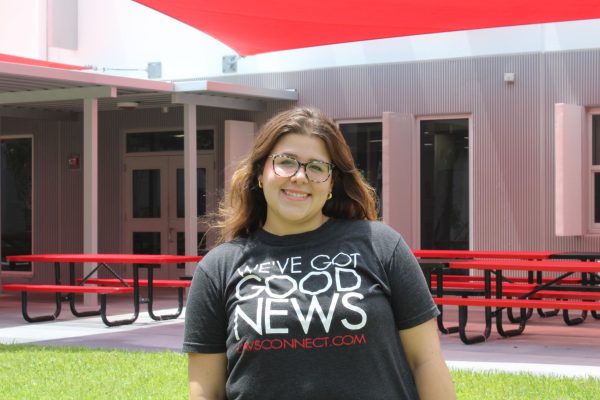Over the last decade, an increasing number of colleges and universities have adopted test-optional admissions policies, allowing applicants to decide whether or not to submit their SAT or ACT scores as part of their applications. These policies gained a significant rise in popularity during the Covid-19 pandemic, when many test dates were canceled and high schools transitioned from in-person to remote learning. By 2022, over 1,800 four-year institutions did not require the submission of standardized test scores in applications.
However, many of these institutions are now reversing their policies and switching back toward more traditional admissions requirements. Ever since the pandemic, admissions officers and academic leaders have argued that test scores provide very valuable data for correctly assessing college readiness. Many well-known universities that had briefly gone test-optional are now reinstating their testing mandates for all applicants. While standardized tests are not perfect and should be evaluated when looking into an applicant’s full record, they will always be an important objective measure of academic aptitude. Despite their flaws, standardized tests like the SAT and ACT allow all the admissions committees to fairly compare students against a bar and decide their readiness for college-level coursework.
Some of the first schools to reverse their policies were institutions like the University of Virginia, Florida State University and the University of California. Because the Massachusetts Institute of Technology never truly adopted a test-optional policy, its dean of admissions has served as a critic of the movement, arguing that without those scores, their jobs become more complicated. This has led schools like the California Institute of Technology and others to follow MIT’s lead and reinstall the enforcement of test scores.
“I think that schools should require test scores from their applicants because it allows them to get a good understanding of the amount of effort that one is willing to put in to getting a good score, which ultimately reflects on their level of academic pursuance,” junior Melissa Sosa said.
By requiring all applicants to submit SAT or ACT scores, MIT provides a standardized way to compare students’ foundational skills in general areas like reading, writing and math. While they are imperfect, these tests at least give a consistent data point that can help contextualize one’s performance in high school. Without these test scores, admissions officers have to rely more on trying to investigate the variety of high school curricula and grading scales. The SAT and ACT serve as equalizers and benchmarks.
“I prefer schools to be test optional, because it allows the administrators to actually look at the ones that are willing to go the extra mile and can be recognized not only for their critical thinking skills but for their perseverance too,” sophomore Rafael Hanono said.
 Advocates for standardized testing emphasize that the tests provide a great amount of data that allows students from disadvantaged backgrounds to showcase how talented they truly are, which gives schools the opportunity to pinpoint them. Dropping testing requirements in the application process reduces class and economic diversity at top-tier schools across the country. Admitting students without having a direct academic guideline to follow like the SAT or ACT is risky. High school grades alone are a very imperfect predictor of one’s college readiness and success due to different standards across thousands of institutions nationwide.
Advocates for standardized testing emphasize that the tests provide a great amount of data that allows students from disadvantaged backgrounds to showcase how talented they truly are, which gives schools the opportunity to pinpoint them. Dropping testing requirements in the application process reduces class and economic diversity at top-tier schools across the country. Admitting students without having a direct academic guideline to follow like the SAT or ACT is risky. High school grades alone are a very imperfect predictor of one’s college readiness and success due to different standards across thousands of institutions nationwide.
“I think that schools should require the submission of exams, because it will help students show how hard they have worked to achieve that score and what they are capable of,” junior Melanie Mendez said.
While the elite institutions are paving a path back to the pre-pandemic norms, many public and private universities will most likely remain test-optional for affordability and student-access reasons. These exams are somewhat biased towards more affluent and privileged students, which can lead to questioning whether they truly measure up to the standards of college preparedness. But the momentum has clearly shifted as higher education has started to adjust to the post-pandemic normal.










